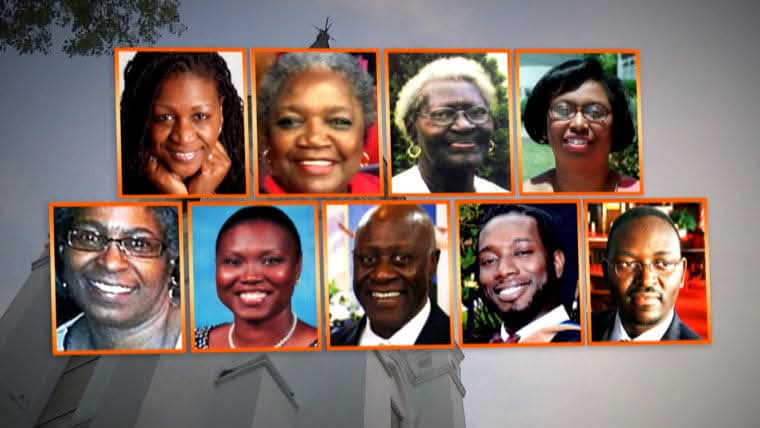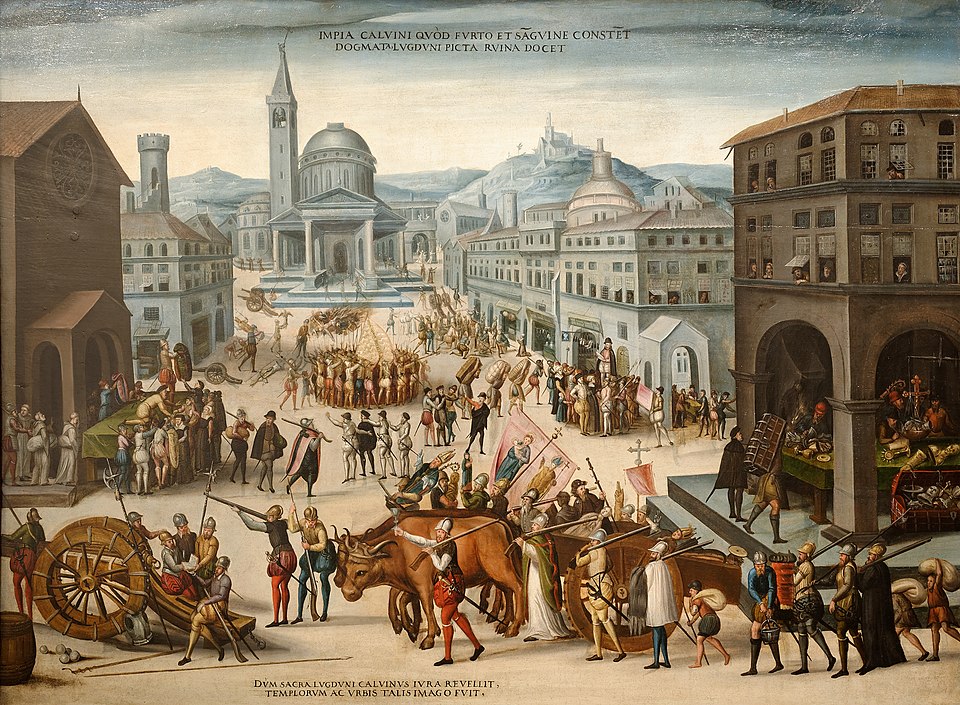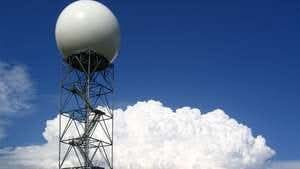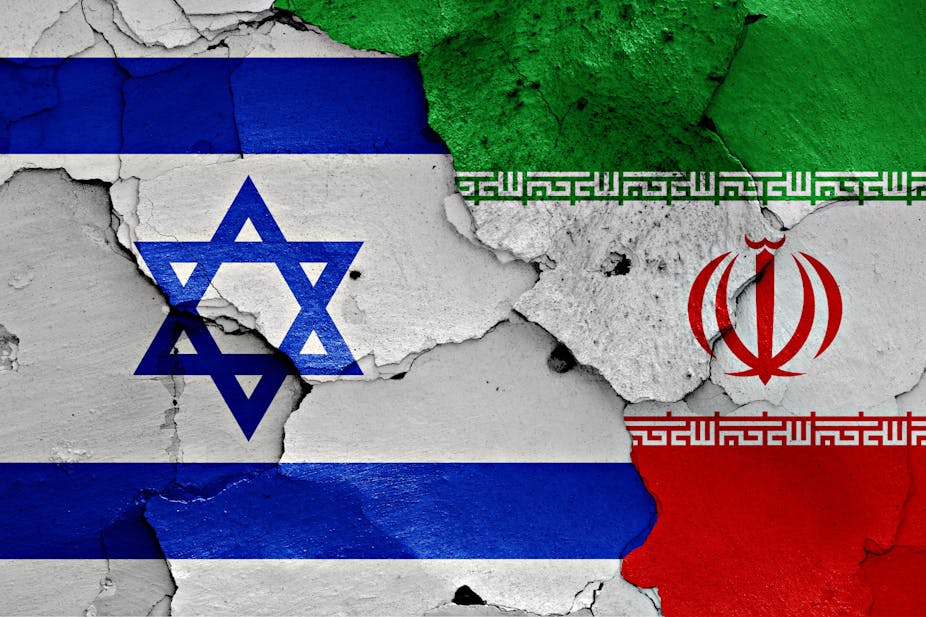FUEL SUBSIDY: The 2012 'Occupy Nigeria' Protest Amidst Rising Prices of Petroleum Products
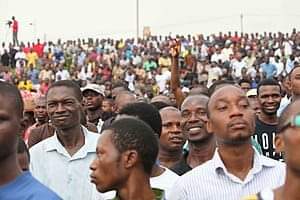
Did you know that in 1973, a litre of fuel was sold for 6 kobo, and that President Musa Yar’Adua (of blessed memory) was the only president in Nigeria who did not increase the pump price of fuel, but rather reduced it from N75 to N65?
As at Thursday, 26th January 2023, Nigerians are groaning under the skyrocketing price of Premium Motor Spirit (PMS), popularly known as petrol, with a litre being sold in petrol stations for more than N400, leading to a hike in transport fares and the prices of commodities. In the article that follows, PENGlobal takes a look at when the then President Goodluck Ebele Jonathan (GEJ) removed fuel subsidy in 2012 and the reactions that followed after the announcement. Many pundits believed that if President Jonathan had its way back then, Nigerians would have been better for it. Unfortunately, most Nigerians were hoodwinked by the propaganda of certain politicians who were desperate to govern the country by all means. While these politicians did have their way, the reality remains that things have gotten really worse, from the frying pan to the fire. Enjoy reading:
On Sunday, 1st January 2012, Nigerians were handed a New Year gift. The government of President Goodluck Ebele Jonathan announced the removal of subsidy from Petroluem products. The removal of the subsidy which took effect from Sunday was announced by the Executive Secretary of the Petroleum Product Pricing Regulatory Agency, (PPPRA), Reginald Stanley.
In response to the fuel subsidy removal, protests rocked Nigeria. Dubbed as 'Occupy Nigeria', the socio-political protest movement began on Monday, 2nd January. The protests took place across the country, including in the cities of Kano, Surulere, Ojota (part of metropolitan Lagos), Abuja, Minna, and even at the Nigerian High Commission in London. The protests was also characterised by civil disobedience, civil resistance, strike actions, online activism and demonstrations. The use of social media services such as Twitter and Facebook was a prominent feature of the protests.
While Nigeria is known to be Africa's largest oil producer, ironically, it still imports refined petrol. As of 2011, the country produces about 2.4 million barrels of crude oil daily which is exported to be refined abroad. However, due to years of corruption-fueled neglect, the domestic refineries are inoperative. As a consequence, Nigeria imports 70% of its gasoline (about 250,000 bpd of petroleum products) into the country for sale to its citizens. The price of petrol has increased from N65 ($0.40; £0.26) per litre to at least N141 in fueling stations and from N100 to at least N200 on the black market, from which many Nigerians buy their fuel.
With the majority of Nigerians living on less than $2 per day, cheap petrol is viewed by many Nigerians as the only tangible benefit they receive from the government, hence the widespread disapproval when President Jonathan announced its removal. In addition, the economy is heavily reliant on crude oil (amongst other reasons, due to absence of essential infrastructure and services such as constant electricity). A consequence of this is that other seemingly unrelated items are tied to the price of fuel. Due to the absence of stable electricity, gasoline generators are a common energy alternative for small businesses and residences.
And so, protesters shut down petrol stations and formed human barriers along motorways. Nigeria's main trade unions also announced an indefinite strike and mass demonstrations from Monday, 9 January 2012 unless the removal of fuel subsidy is reversed.
The then Governor of the Central Bank of Nigeria (CBN), Lamido Sanusi, had told the BBC that the subsidy (which he said cost the government about $8bn in 2011) was "unsustainable". Several previous governments have tried to remove the subsidy, but have backed down in the face of widespread public protests and were forced to reduce it instead.
Though demonstrations slowed down in the first few days of the strike, however, the strike continued and even grew as desperate politicians cashed in on the protest to discredit the Goodluck Jonathan administration, with some alleging that subsidy was a scam. New unions and sectors of the economy also joined the protests, causing even more damage to Nigeria’s economy.
Though docks and shipping remained open and active, the strike nearly completely shut down oil fields and oil production. Importers of Nigerian oil grew increasingly concerned at what would happen if the strike continued much longer. The Nigerian government, too, was extremely worried about the damage to the Nigerian economy caused by the strike as 90% of Nigeria’s exports came through oil, and the government obtained 80% of its revenue from sources related to oil production.
Though President Jonathan maintained the support of the majority of state governors and the support of the military with unconfirmed report saying he reportedly increased their pay, many police officers, however, continued to defect to the protests.
Finally, on 16th January, two weeks into the protest, President Jonathan responded to pressure by partially reinstating the fuel subsidy. The price of fuel fell to N97 per liter, which was substantially less than the N141 after the subsidy was removed, but still quite a bit more than the original price of N65. The unions called off the strike in response to the move, and the protests ended after that announcement.
Fast forward to 2015, the Nigerian Government under the new president, Muhammadu Buhari increased fuel prices from N87 to N145 with little resistant. The resistant possibly could be due to the fact that Nigerians are beginning to realize that fuel subsidies are actually inimical to the country's growth rather than a mechanism towards helping the poor. Since then, the prices of petrol have continued to increase with most Nigerians keeping mum over the once acclaimed scam they said subsidy was.
Below is a timeline of fuel increase (decrease) in the country from 1973 to 2016, over eleven administrations:
◼️1973–1991
Gowon 1973: increase from 6k to 8.45k (40.83%). Murtala 1976: increase from 8.45k to 9k (6.5%). Obasanjo Oct 1,1978: increase grom 9k to 15.3k (70%). Shagari Apr 20,1982: increase from 15.3k to 20k (30.72%). Babangida Mar 31, 1986: increase from 20k to 39.5k (97.5%); Apr. 10, 1988: increase from 39.5k to 42k (6.33%); Jan 1, 1989: increase from 42k to 60k (42.86%); Mar 6, 1991: increase from 60k to 70k (16.67%).
◼️1993–1999
Shonekan (82 days in power) Nov 8, 1993: increase from 70k to N5 (614.29%). Abacha Nov 22, 1993: decrease from N5 to N3.25k (price dropped 35%); Oct 2, 1994: increase from N3.25k to N15 (361.54%); Oct 4, 1994: decrease from N15 to N11 (price dropped 26.67%). Abubakar Dec 20, 1998: increase from N11 to N25 (127.27%); Jan 6, 1999: decrease from N25 to N20 (price dropped 25 %).
◼️2000–2007
Obasanjo June 1, 2000: increase from N20 to N30 (50%); June 8, 2000: decrease from N30 to N22 (price drops 26.67%); Jan 1, 2002: increase from N22 to N26 (18.18%); June, 2003: increase from N26 to N42 (61.54%); May 29, 2004: increase from N42 to N50 (19.05%); Aug 25, 2004: increase from N50 to N65 (30%); May 27, 2007: increase from N65 to N75 (15.39%).
◼️2007–2016
Yar’ Adua June, 2007: decrease from N75 to N65 (price drops 15.39%). Jonathan Jan 1, 2012: increase from N65 to N141 (116.92%); Jan 17, 2012: decrease from N141 to N97 (Price drops 31.21%); Feb, 2015: decrease from N97 to N87 (price drops 10.31%). Buhari May 11, 2016: increase from N87 to N145 (66.67%).
SOURCES: NV Database | Vanguard
#penglobalreport #subsidy #fuel #petrol
